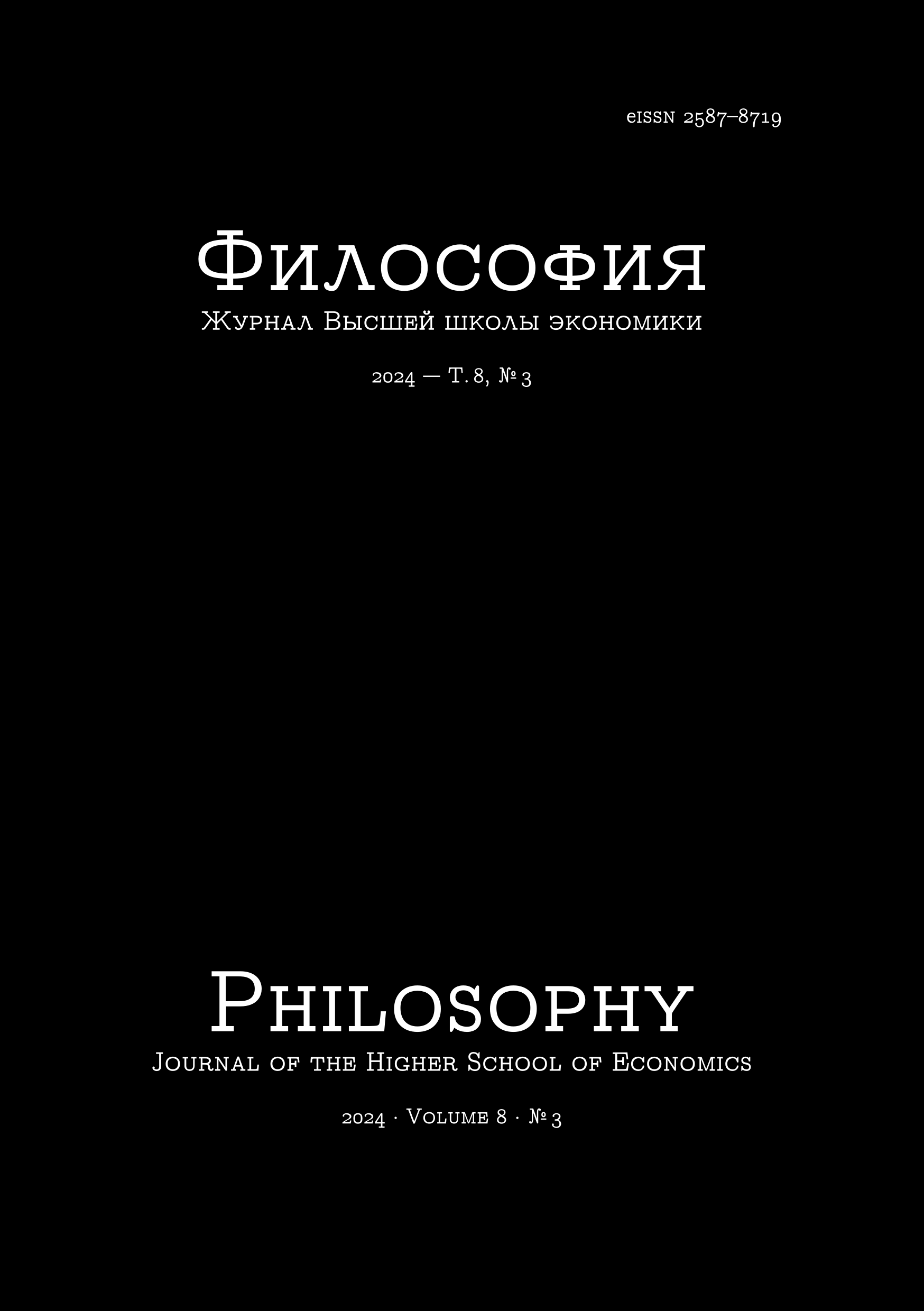Понятие palatium в языке испанского права IV – начала VIII вв.
Аннотация
Статья посвящена эволюции значения латинского понятия palatium и его производных в правовых текстах IV — начала VIII вв. В IV--V вв. эти понятия используются для обозначения трех основных групп реалий. Во-первых, собственно помещений императорского дворца (sacrum palatium), как в столицах (Риме и Константинополе), так и в провинциях (в том числе — в Испании). Во-вторых, речь идет о системе учреждений, обеспечивавших как повседневную жизнь императора и его приближенных, так и управление Империей. В-третьих, речь идет об иерархически организованном корпусе дворцовых чиновников, набиравшихся, главным образом, из числа куриалов. Наделенные многочисленными привилегиями, эти представители дворцовой бюрократии составляли костяк политической элиты позднеримского времени. С образованием Тулузского королевства вестготов (начало V – начало VI вв.) императорские дворцы в испанских и галльских провинциях бывшей Римской империи превратились в королевские, а их персонал автоматически перешел на службу королям готов. После падения Тулузского королевства и образования Толедского королевства вестготов (середина VI – начало VIII вв.) наметились изменения, особенно четко проявившиеся в языке королевского и церковного законодательства, начиная с VII в. Три основные группы реалий сохранились, но их конкретное содержание стало иным. Архитектурная модель римского дворцового комплекса сохранилась и продолжала воспроизводиться (в частности, в Рекополисе и Толедо), однако масштабы построек сократились. Система дворцовых учреждений хотя и сохранила римский облик, но существенно упростилась. На первый план вышли службы, обеспечивавшие личные потребности короля и его семьи. В составе дворцовых служащих все более значимые позиции занимали королевские рабы, вольноотпущенники и клиенты, составившие костяк новой формирующейся политической элиты. Эта тенденция была прервана мусульманским завоеванием начала VIII в., но уже с IX в. она проявилась вновь.
Скачивания
Copyright (c) 2024 Philosophy Journal of the Higher School of Economics

Это произведение доступно по лицензии Creative Commons «Attribution-NonCommercial» («Атрибуция — Некоммерческое использование») 4.0 Всемирная.






